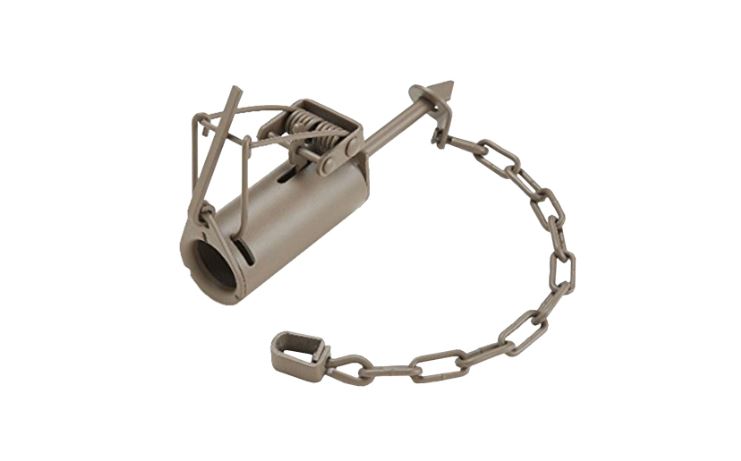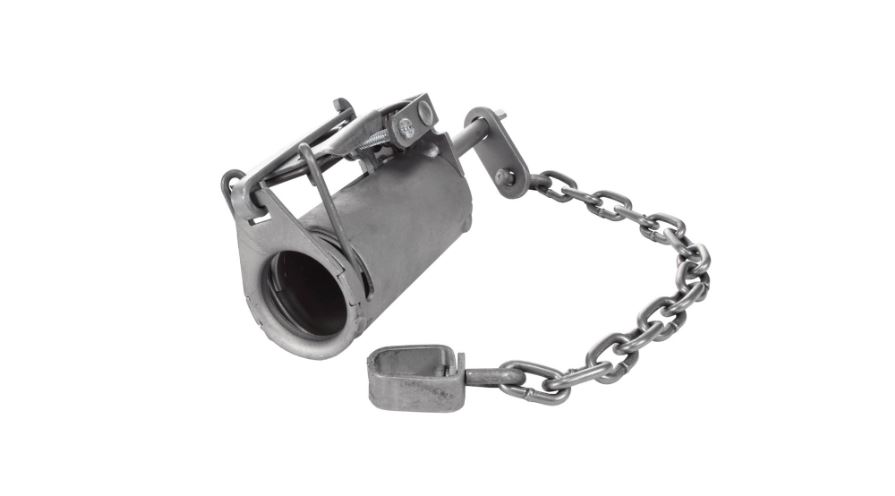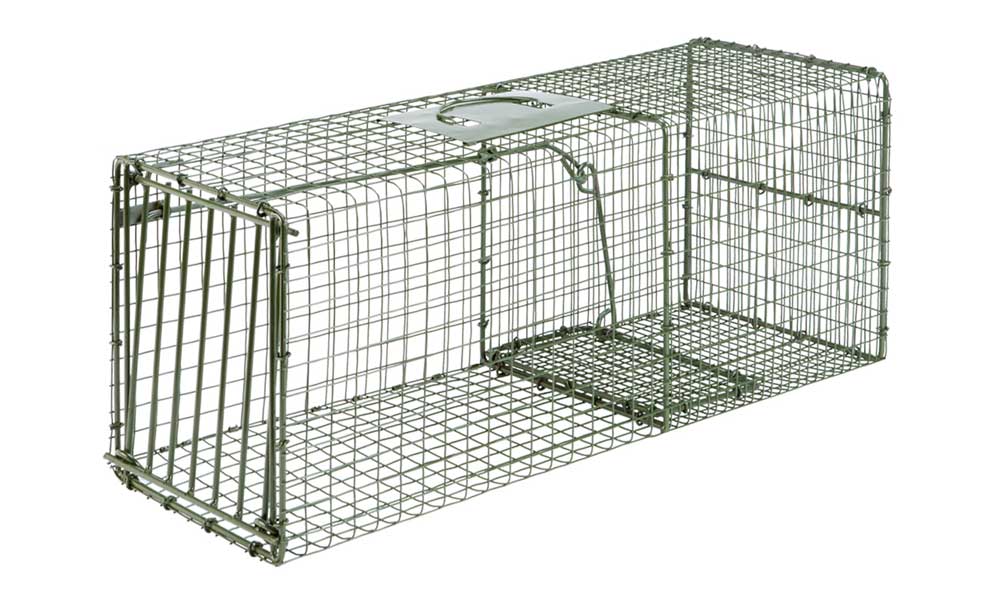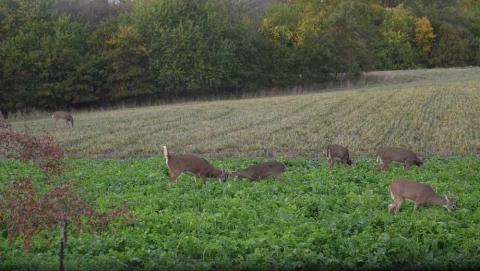Heath Wood

Following the recent pandemic, many searched for new and exciting family activities that could be enjoyed in the great outdoors, and for some, the art of trapping made that list.
Other than looking for a new interest, the current surge in trapping newcomers has resulted from declining wild turkey numbers across the United States. With many hunters looking for answers to building their turkey populations, they have discovered and begun to partake in trapping. For these concerned hunters and conservationists, their targeted species to trap have been mostly nesting predators such as skunks, raccoons, and opossums.
Because of the numerous new trappers appearing on the scene, the phrase “learn how to trap” has been typed into many search bars on the internet, numerous articles have been read, and a wide range of how-to videos have been viewed. After learning how to trap, a typical follow-up question involves dog-proof traps and their inner workings.
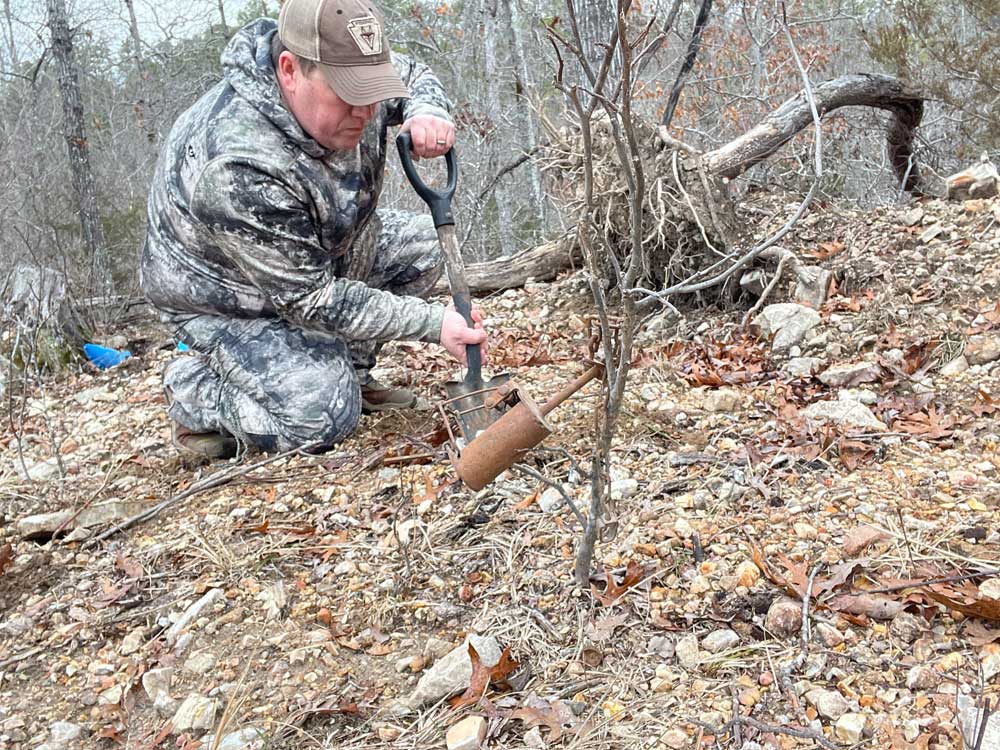
What Is A Dog-Proof Trap?
For beginning trappers, it is vital to understand what a dog-proof trap consists of and how they work. The dog-proof trap often referred to as a DP trap, is a specially designed foothold trap that only catches small nesting predators such as raccoons, opossums, and skunks.
The DP trap was initially referred to as coon cuffs, and only a few companies manufactured them. Today, the DP trap is widely prevalent among trappers and manufactured by several companies.
Other dog-proof traps have a small cage-style design with a trap door that closes after the animal enters the cage. These styles of traps are designed for smaller predators only.
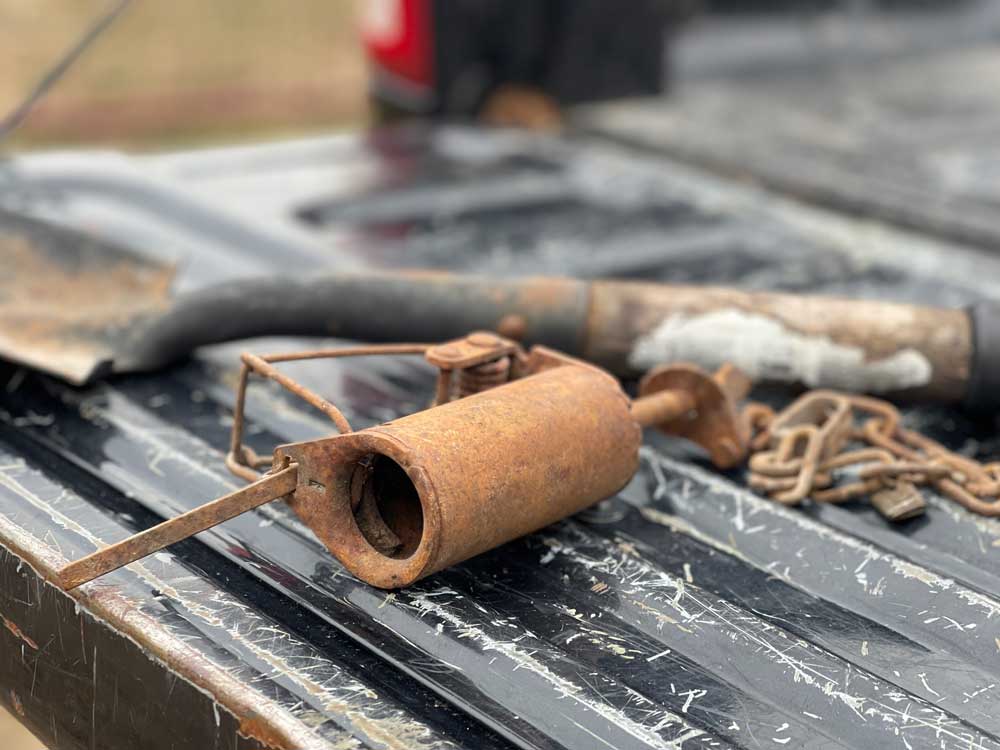
How Do Dog Proof Traps Work?
A dog-proof trap is set correctly when placed deep inside a small diameter hole. After the trapper places scent or bait inside, the predator will try to obtain it by reaching into the hole to grab the bait, which is when the foot becomes trapped.
The great thing about using DP traps is that a coyote, fox, or domesticated pet, cannot reach into the hole, leaving only the small nesting predators to become trapped.
The DP trap has been a considerable asset for hunters and trappers seeking to eliminate raccoons and other small predators that commonly feed on wild turkey eggs before they can hatch. When fewer poults are being hatched, it isn’t long until the turkey population suffers.
Best Dog Proof Traps
Duke DP Coon Trap
Whether a beginner or veteran trapper, you have probably heard of the Duke DP Coon Trap. This popular trap was primarily designed to catch raccoons, but other small nesting predators can also be trapped easily. The Duke DP Coon Trap features a fully enclosed dog-proof design with a robust coil spring, a sensitive trigger system, and a straight spade staking system.
The Duke-style trap is fired when the raccoon or other small predator reaches in for the bait, and instead of getting the bait, they grab the trigger, which then fires the trap. When using dog-proof traps such as Duke’s, it is vital to place the lure or the bait below the trigger, so the animal must reach past it.
Minnesota Trapline Bridger T3 Dog Proof Raccoon Trap
The Minnesota Trapline Bridger T3 Dog Proof Raccoon Trap is another popular model amongst trappers. As with the first mentioned trap, the Bridger T3 is a foothold-style trap mainly used for raccoons and smaller predators.
The Bridger T3 features a heavy-duty machine chain with swivels. This dog-proof trap comes equipped with a stake attached directly to the bottom of the trap. One of the unique features of the T3 trap is that it has a theft stop ring trigger that keeps critters working the bait site until they are caught. Plus, it has a hand-saving bracket on the trap's spring that allows more manageable and safer settings for the trapper.
The Bridger T3 trap is also used inside a small hole and has a lure or small amount of bait placed behind the trigger so the predator must reach in to get the bait. The trap comes with a 9’5” #2 size chain with a swivel to help secure it after a predator has been trapped. The chain is then secured to the ground with a long stake or a solid structure such as a tree.
Duke Model 1112 Large Cage Trap
The Duke Model 1112 Large Cage Trap may be the one for those wanting an easier-to-set or more humane trap. The 1112 trap was designed for animal control professionals who want to remove and replace smaller body animals and for trappers wanting a more straightforward setup to catch small nesting predators. This model features steel rod reinforced spring-loaded doors, pressure-sensitive trip mechanisms, and a durable green powder-coated finish that makes the trap last. The 1112 trap also features all steel gravity drop doors, bait-protected cage mesh, and a complete internal steel rod frame.
The Duke Model 1112 Large Cage Trap is an excellent choice for beginning trappers or the younger generation who want an easier-to-set trap. To set the 1112-style trap, the trapper places food or bait on a small platform inside the trap on level ground. Once the bait is set, two rings slide up on the door, and turn a long rod with specially bent ends until it holds the door open. When a curious smaller-sized predator enters the trap to smell or grab the bait, they step on the platform, making the trap door fall quickly, thus securing the predator inside so that it can not escape.

